Travel Tips
Lorem ipsum dolor sit amet, consectetur adipiscing elit.
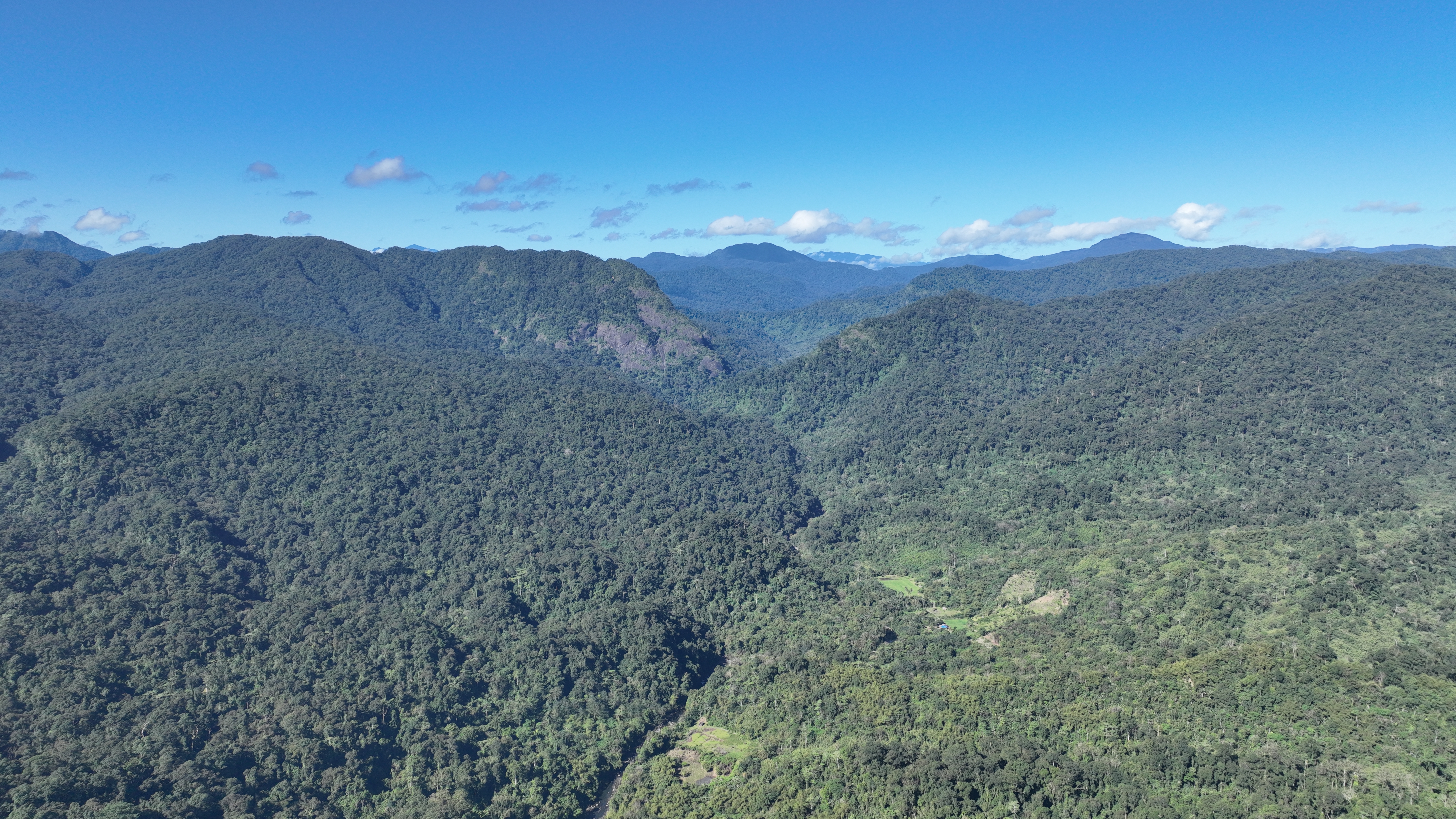
A testament to conservation, culture, and sustainable development
In July 2024, the United Nations Educational, Scientific and Cultural Organization (UNESCO) designated a portion of Apayao as the Biosphere Reserve of the yApayaos (BRyA), a recognition that cements the province’s status as an ecological and cultural sanctuary. It joins Palawan, Puerto Galera, and Albay in the ranks of the Philippines’ biosphere reserves—living laboratories where conservation, tradition, and sustainable development are expected to coexist.
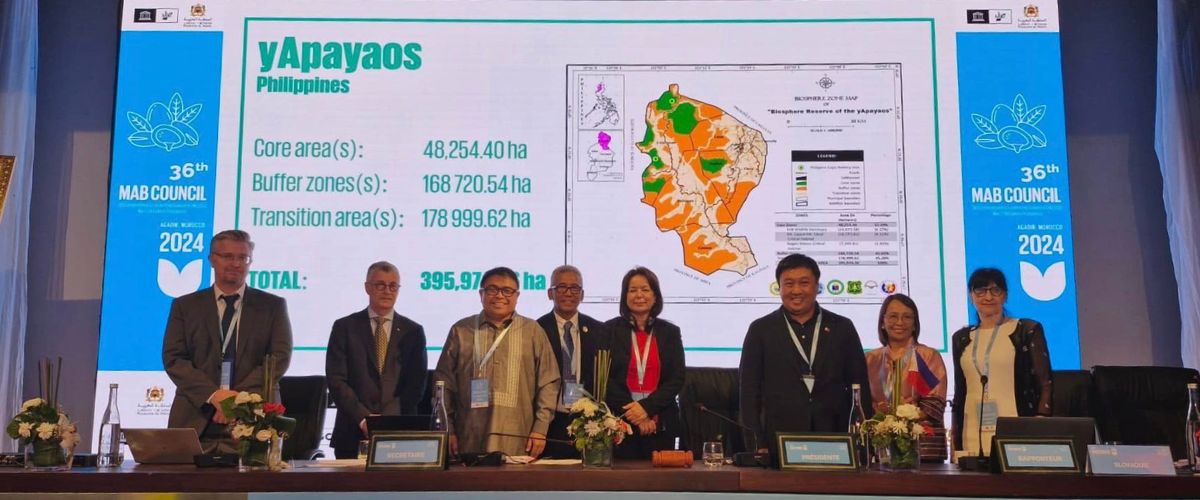
UNESCO recognition ceremony celebrating Apayao's designation as a biosphere reserve
Apayao’s landscape is defined by elevation contrasts. The upper Apayao, at higher altitudes, is wild and unforgiving, a vast stretch of mountains, deep valleys, and dense forests that have remained largely untouched. Conversely, the lower Apayao, at lower altitudes, unfolds into rolling hills and fertile plains, where rivers carve their way through farmland and settlements. At its core is the Apayao River, a 180-kilometer artery fed by 18 tributaries that dictates the rhythms of life for its wildlife and human inhabitants.
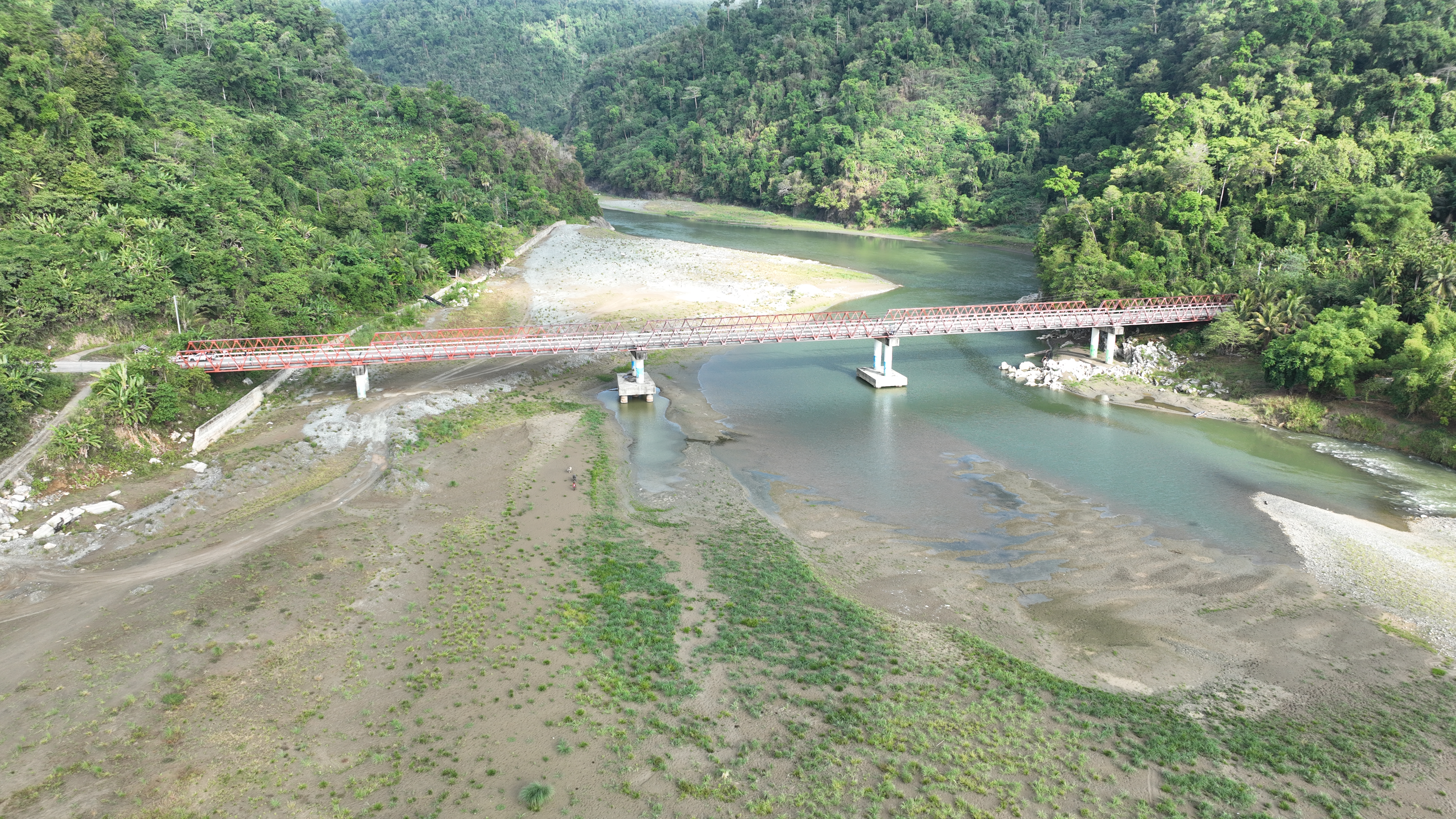
The majestic Apayao River, the lifeblood of the region
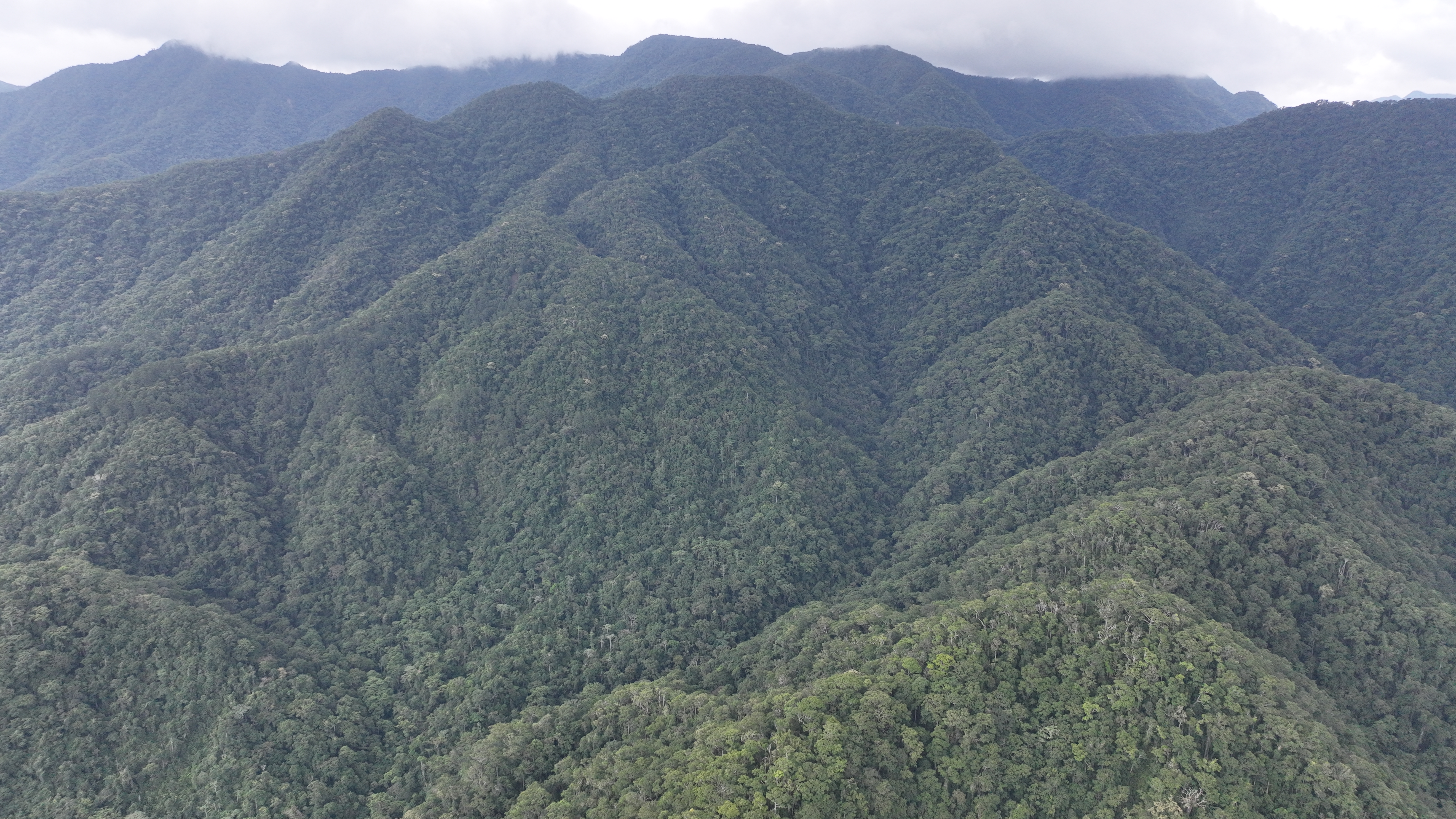
The dense pristine forests of Calanasan showcase Apayao's biodiversity
Apayao is known as the “Last Nature Frontier of the Cordilleras”, a title earned from its vast virgin forests that remain well-preserved amidst threats of deforestation. The province is home to some of the country’s last great wilderness areas, where biodiversity thrives far from the reach of mass clearing. It shelters the critically endangered Philippine Eagle, a species that has found refuge in its dense forests. Experts have recognized these forests as important biodiversity hotspots, teeming with endemic birds, medicinal plants, and animal species unique to the province. To the people who have lived here for generations, these forests are extremely embedded in their identity, traditions, beliefs, and way of life.
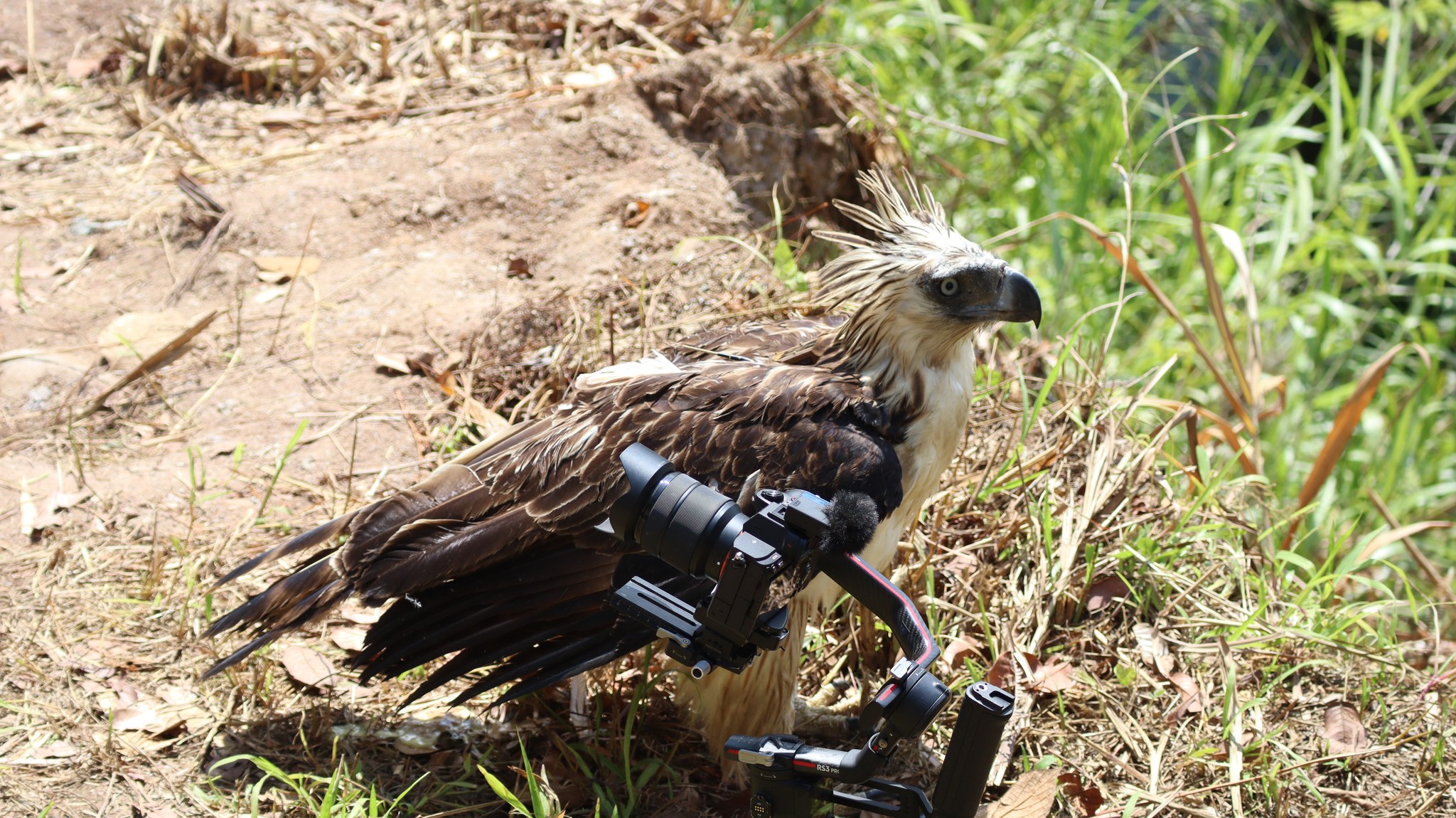
The critically endangered Philippine Eagle has found sanctuary in Apayao's forests
The Isnag people, whose presence in Apayao stretches back centuries, is at the heart of this connection. Their traditional “Lapat” system—a nuanced, time-tested method of land and resource management—predates modern conservation policies. It dictates when hunting, fishing, and farming can take place; so that nature is given time to regenerate. Lapat is an inherited wisdom, and recognition that survival is only possible when the land is treated as a partner and not a resource to be exhausted.
With a population of around 124,000, Apayao remains largely agricultural, its people dependent on rice and corn farming. But ecotourism is beginning to carve its place into the province’s economic setting. Visitors drawn to its towering limestone formations, underground rivers, and labyrinthine caves find a province still raw, unspoiled, and largely undiscovered.
Now part of the global network of biosphere reserves, Apayao is on a path of opportunity. The goal is to preserve its natural heritage while supporting the growth of local communities. By integrating sustainable practices with respect for its cultural traditions, the Provincial Government of Apayao is working to have a thriving environment and a better quality of life for its people.